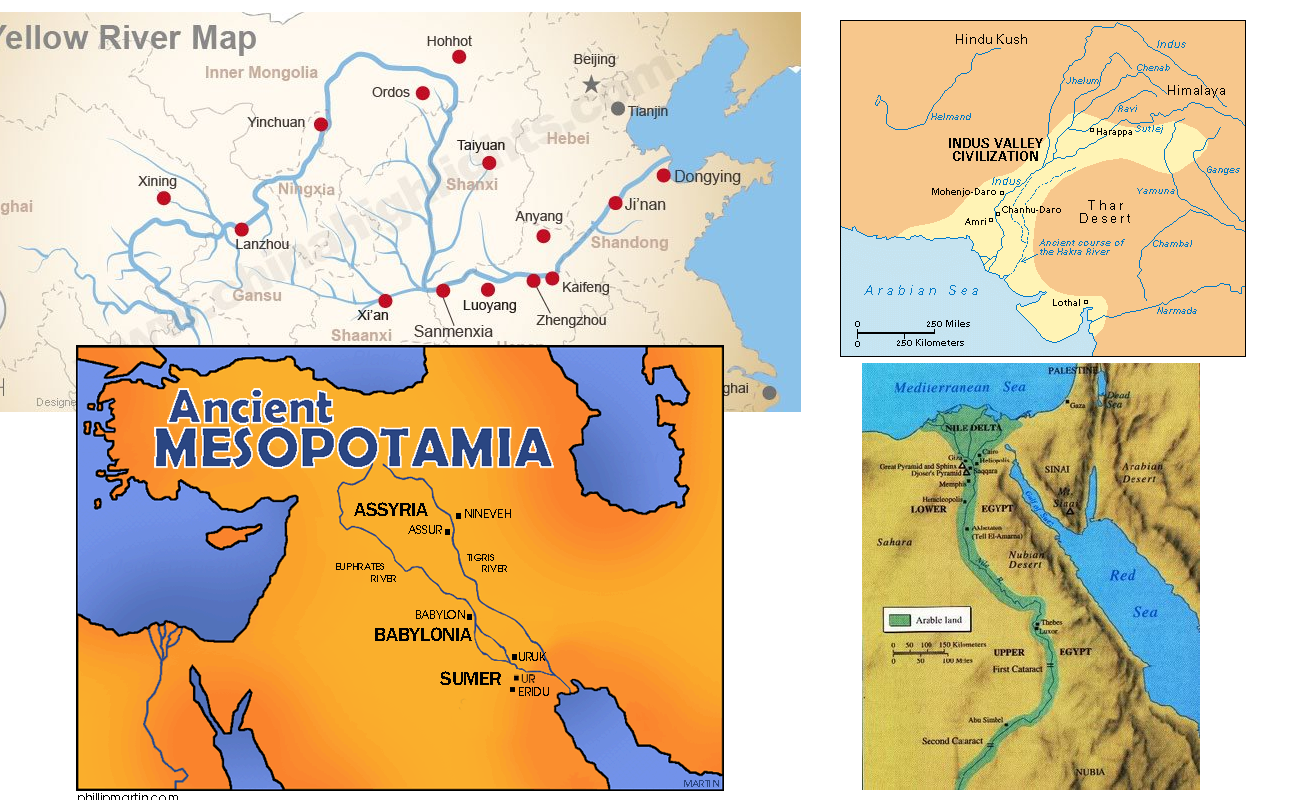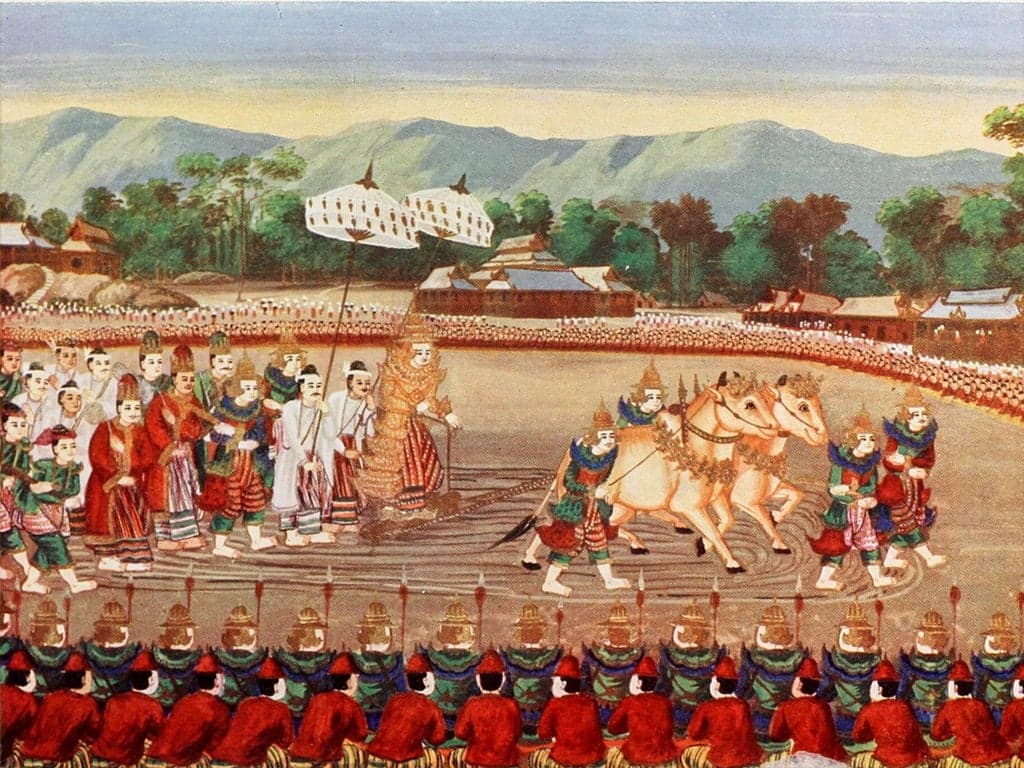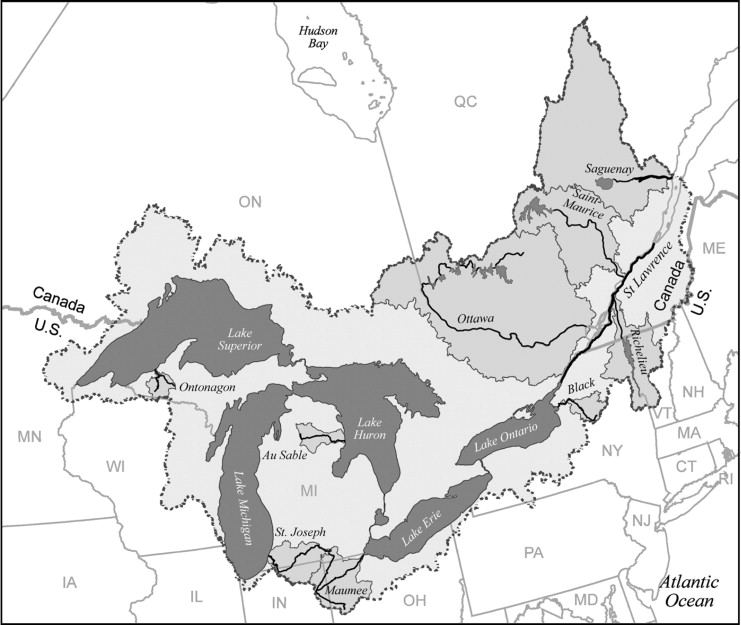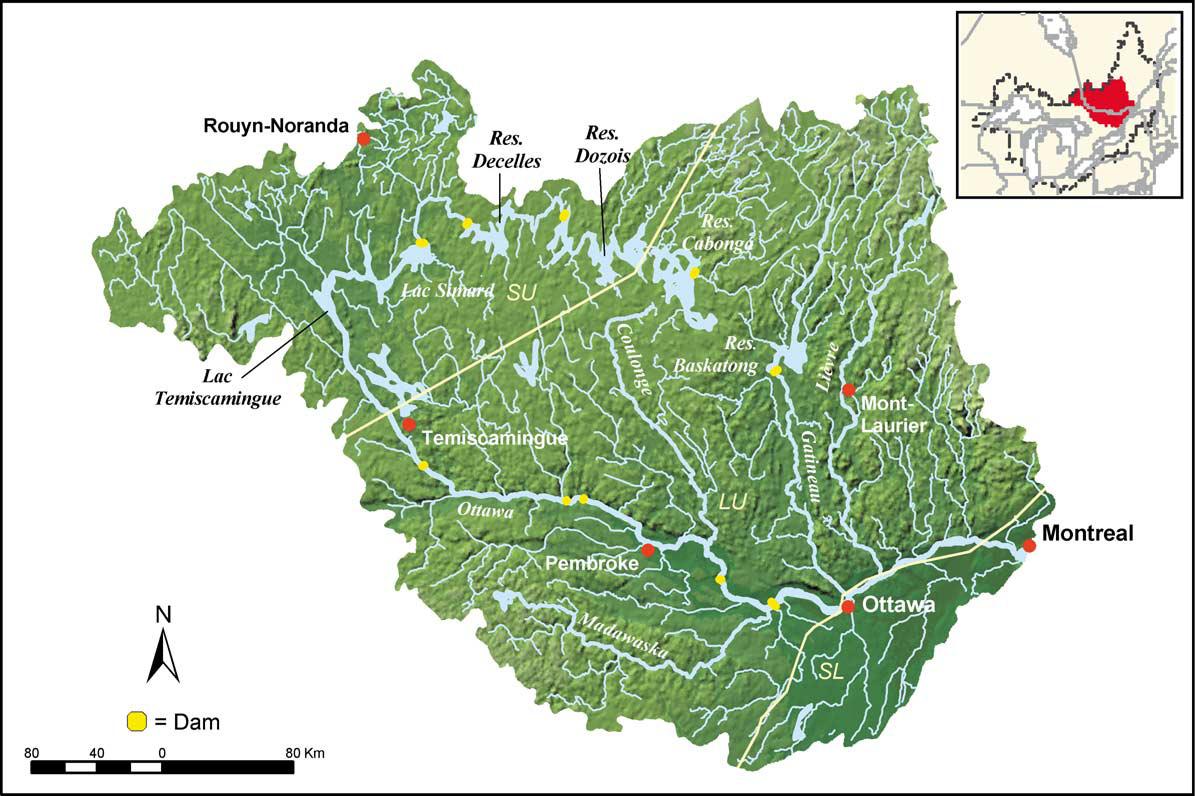03 Liquid History + St. Lawrence
Matt Price
Created: 2018-09-28 Fri 09:55
I have seen the Mississippi. That is muddy water. I have seen the St Lawrence. That is crystal water. But the Thames is liquid history.
Rivers and Movement
Toronto Passage

Trade
Rivers as Barriers

Divisions

Pause
Engines of “Civilizations”

- “exotic” rivers in arid climates
- fertility of alluvial (deposited) soil
- irrigation and complexity
Anthropocenes
- 40,000 YA: Fire
- 7,500 YA: Agriculture
- 5,500 YA: States
- 250 YA: Steam Engines
- 50 YA: Measurable Carbon-driven Climate Change
- 30 YA: Genetic Engieering
Rivers and the Origins of States in Mesopotamia
- “sedentism” begins 10,000 YA in Mesopotamia, agriculture fairly widespread by 5,500 BCE
- “states” arise only ~3,300 BCE
- why the gap?
Farming is Hard Work
- traditional explanation: farming is a stable calorie source in an unstable world
- looks like a bad deal in Mesopotamia, though!
But once you have grains
- you can have tax collectors
- you can hoard surplus
- you can grow armies
- you can take slaves
- you can assert kinship-independent hierarchies
Impacts of the State
- large-scale organization
- long chains of hierarchy
- concentrations of surplus → cultural & scientific works
- eventually, industrial production (which needs something like a state)
- anthropogenic climate change
Cultures around the Harvest!


St. Lawrence
The Champlain Sea

The St. Lawrence System

What’s special about the St. Lawrence?
- 2nd largest flow in NA: 16800 m3/s (7400 m3/s from Lake O)
- b/c of lakes, water is clearer
- supports millions of people
- very highly regulated (like many other rivers)
- lots of “anadromous” and at least one important “catadromous” species
Upper “fluvial” region
- no tidal effets
- large impacts of lakes
- largest number of hydro-electric projects
- most significant dredging
How has settler socety affected the basin?
- removal of beavers
- deforestation
- industrial point-source pollution
- agricultural run-off
- urbanization, asphault, and dispersed pollutant sources
- Dams!
American Eel
_(4015394951).jpg)
- “catadromous”
- 1980: 25,000/day
- 2000: 250/day
- 50% of early c20 biomass in Lake O. Active fishery
Zebra Mussel

- native to Russia, Ukraine
- entered St. Lawrence in 1980’s in ballast
- filtration of water → light penetration → algal blooms
Ottawa River

- origins in Canadian Shield (granitic, hard rock)
- discharge of 1950m3/s
- many threatened fish species
- histories of E. Coli and PCB
Trip Stuff
- jobs
- gear:
- transportation
- food